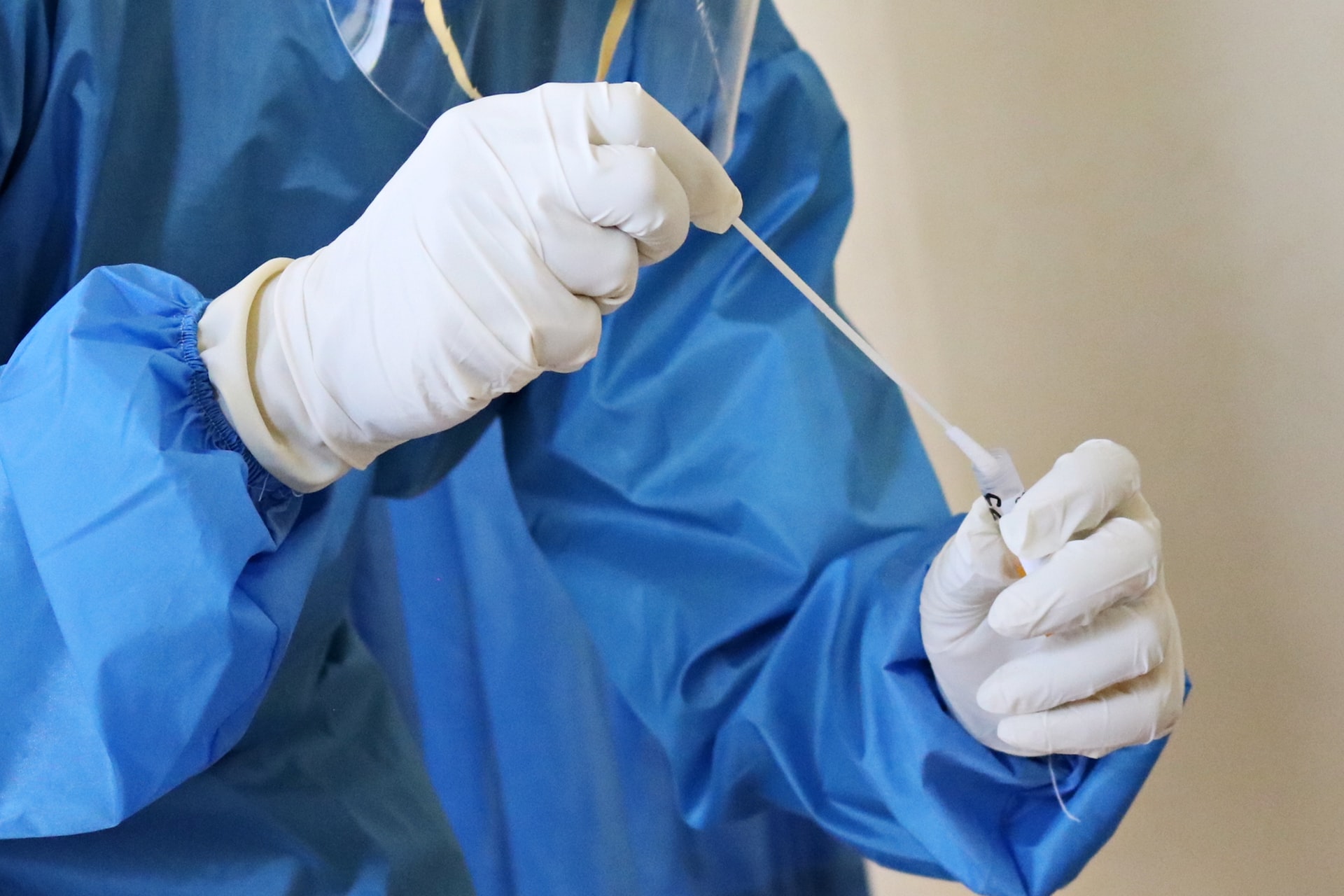
As bird flu continues to spread across U.S. farms, leading health experts are sounding the alarm over a potential new epidemic.
Nearly 1,000 dairy herds have been affected by the H5N1 virus, and over 70 human cases have been reported, including the country’s first confirmed death from the strain.
Scientists from the Global Virus Network (GVN) warn that the U.S. poultry industry is especially vulnerable—particularly in densely farmed regions lacking protective gear. Since 2022, over 168 million poultry have been lost due to the outbreak, pushing egg prices higher.
Though human-to-human transmission hasn’t occurred yet, experts caution that mutations or genetic exchanges between viruses could raise the risk. The GVN is urging governments to ramp up surveillance, tighten biosecurity in agriculture, and prepare for the possibility of human transmission to avoid a repeat of COVID-19’s early chaos.
“Initiatives should focus on enhancing biosecurity measures in agricultural settings and educating the public about safe handling of poultry products and potential risks associated with contact with infected animals,” said Dr. Peter Palese, a GVN director and influenza expert.

Dr. Ab Osterhaus, another GVN director, emphasized the need for herd management and possible vaccination to limit spread among cattle. “Given the growing circulation of H5N1 among mammals, the GVN calls for urgent efforts to understand and interrupt transmission in cattle,” he said. Strengthening monitoring at the human-animal interface is key, he added.
Earlier this year, reports surfaced that a $590 million contract awarded to Moderna by the Biden administration to develop a bird flu vaccine might be canceled. Since the change in U.S. leadership, the White House’s pandemic office has faced funding and staffing challenges, raising concerns about preparedness.
The first confirmed U.S. death from bird flu occurred in January in Louisiana. The patient, over 65 and with underlying health issues, had contact with sick birds in a backyard flock. Officials say the virus may have mutated inside the patient’s body, making it more severe.
Most of the 70 confirmed cases since March 2024 have been mild and detected in farmworkers exposed to infected poultry or cows. However, two cases—one in a child in California and another in an adult in Missouri—remain unexplained.

Experts now view H5N1 as a leading pandemic threat due to its widespread presence in animals and ability to evolve quickly. “This virus might not go pandemic, but it is really trying hard, and it sure is getting a lot of opportunities,” said Dr. Marc Johnson, a virologist at the University of Missouri.
To date, more than 12,800 bird flu outbreaks have been recorded in wild and domestic flocks. Over 1,000 cow herds across 17 states, mostly in California and Colorado, have been infected. Bird flu has also been detected in raw milk, leading the USDA to require testing at facilities that handle unpasteurized dairy.
Despite having around 20 million doses of bird flu vaccine in storage—and capacity to produce 100 million more—experts criticize the U.S. response as sluggish. Most testing remained voluntary until late 2024, and only cattle crossing state borders are currently required to be tested.

Infections have also been identified in pigs, which can carry flu strains from both birds and humans, potentially enabling dangerous virus combinations. Since 2022, over 400 non-avian wild animals—including skunks, raccoons, seals, and foxes—have tested positive, likely after consuming infected birds.
Wastewater monitoring shows widespread virus presence in 60 of 250 tracked sites, with over 80% of samples testing positive in states like Iowa and California. Antiviral treatments such as Tamiflu remain available, and research continues on both human and poultry vaccines to address the evolving threat.